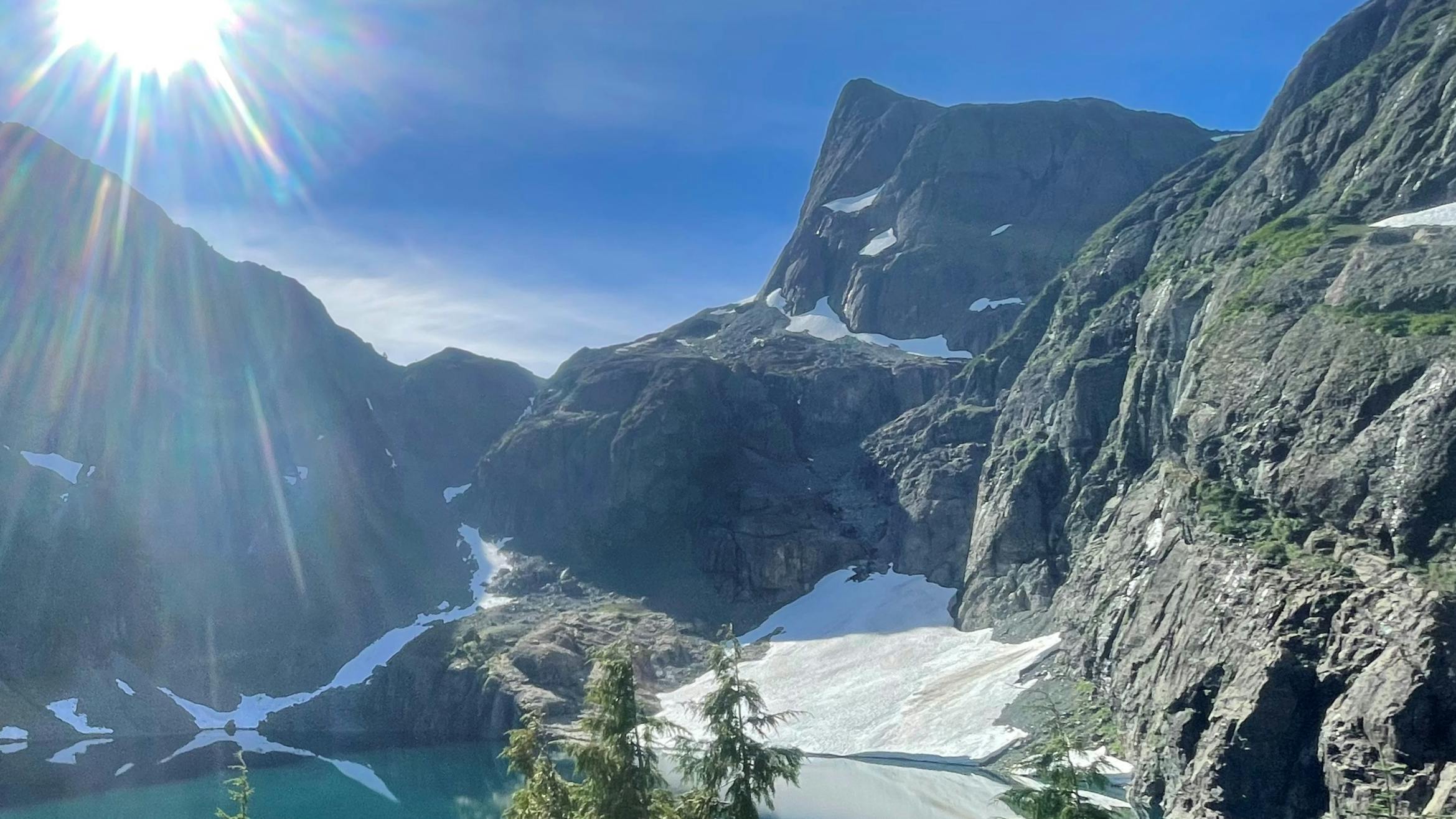July 2025: The role of Site Series in shaping forest ecosystems
Not all parts of a forest are the same, even within the same Zone, there are subtle differences in plant life and environmental conditions. These differences are known as Site Series.
What’s a Site Series?
A Site Series is a way to describe small differences in moisture and nutrients within an ecosystem zone. It helps us understand why one area is rich in ferns and salmonberry, while another nearby patch only supports Labrador tea, moss and stunted trees. Our ancestors would have great knowledge of these site characteristics, as each one would provide different foods and medicines at different times of the year.
These Site Series traits occur from:
- Elevation: Higher elevations tend to be cooler and wetter.
- Slope and aspect: South-facing slopes receive more sunlight and are typically drier, while north-facing slopes stay cooler and moister. The steepness of the slope can also impact water and nutrient availability by affecting the drainage.
- Soil depth and nutrient content: Variations in soil characteristics affect plant growth. Shallow soils do not retain moisture very well and are generally colder which impacts the growth of trees and plants.
- Water drainage: Sites across the Territory may vary from wet and swampy organic soils to well-drained mineral soils, influencing vegetation types, tree species and growth rates.
Why do Site Series matter?
Each Site Series supports different cultural and ecological values, and can span over 50 hectares in size. Some areas are rich in food and medicine plants, while others may be important habitat for wildlife. Understanding the Site Series of these ecosystems is crucial for effective forest management, Old growth restoration, and identifying areas important for cultural practices. Even small changes in soil and slope can impact which species thrive and by recognizing these patterns and understanding how all these things are connected, we can better care for the land. Similar to the larger ecosystems, we want to ensure these individual site series and their associated, unique plant communities are represented as appropriate proportions of conservation networks across the territory.

